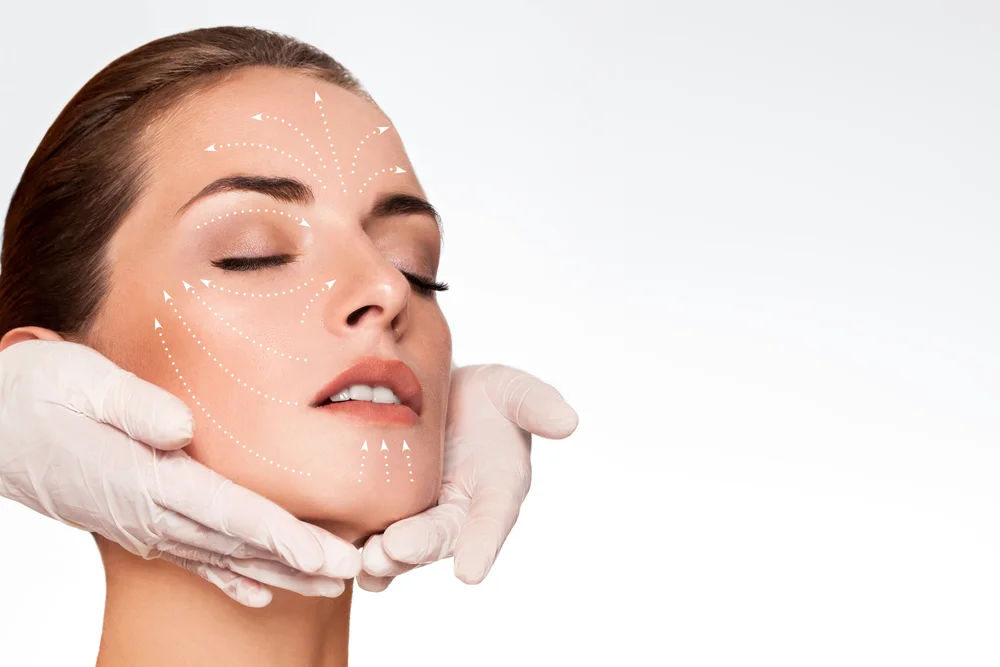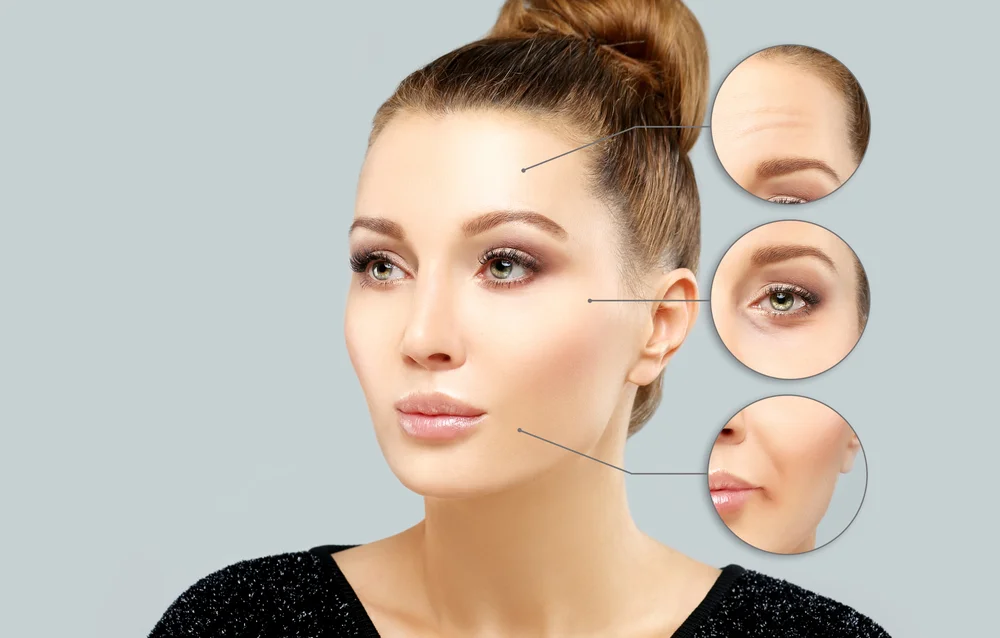When it comes to cosmetic treatments, Botox and Dysport stand as titans in the battle against wrinkles. Often mentioned in the same breath, these two muscle relaxants have become synonymous with age-defying beauty.
But what sets them apart? At G Lab Aesthetic, we believe in informed choices. Read here to learn more about the differences between Botox and Dysport. This will help you better understand which option might be the best fit for your aesthetic goals.
Defining Botox and Dysport
Botox, the brand name for a toxin produced by the bacterium Clostridium botulinum, is one of the most well-known cosmetic treatments worldwide.
It’s primarily used to reduce the appearance of facial wrinkles, particularly in the upper parts of the face.
Dysport, a relative newcomer, is also derived from the same toxin but has some distinct properties and uses.
Botox vs. Dysport: Understanding the Differences
Here are the differences between Botox and Dysport:
- Formulation and Concentration. While both Botox and Dysport are derived from botulinum toxin type A, their formulations differ slightly. Dysport is more diluted than Botox, which can affect the dosage used in treatments.
- Spread and Diffusion. Dysport has a tendency to spread more extensively after injection, effectively covering a larger area. This characteristic makes it especially suitable for treating broader surfaces like the forehead. In contrast, Botox is often chosen for addressing smaller areas, such as crow’s feet.
- Onset of Action. One of the key differences is how quickly they take effect. The effects of Dysport often appear faster than Botox, sometimes within 24 to 48 hours, whereas Botox may take up to a week.
- Duration of Effect. Both treatments offer temporary results. Typically, Botox and Dysport results last around 3 to 4 months, but this can differ from person to person. Some people find that Dysport has a longer-lasting effect, while others believe that Botox remains effective for a more extended period.
- Target Areas. Botox cosmetic is FDA-approved for various areas, including crow’s feet, forehead lines, and glabellar lines (frown lines). Dysport is primarily approved for glabellar lines, though it’s often used off-label for similar areas as Botox.
Choosing Between Botox and Dysport
Deciding whether Botox or Dysport is right for you depends on various factors, including your specific treatment goals, the areas you wish to target, and how your body responds to these treatments.
Consulting our skilled provider is crucial to determine the most suitable option for your needs.

Here at G Lab Aesthetics in Westfield, NJ, we specialize in both Botox and Dysport treatments, offering personalized care to meet your unique aesthetic desires. Our team of experts is here to guide you through the process, ensuring you receive the treatment that aligns perfectly with your goals.
Ready to explore the world of injectables? Contact us today to schedule a consultation. Let us help you achieve the youthful, radiant look you deserve with the right treatment choice for you.


